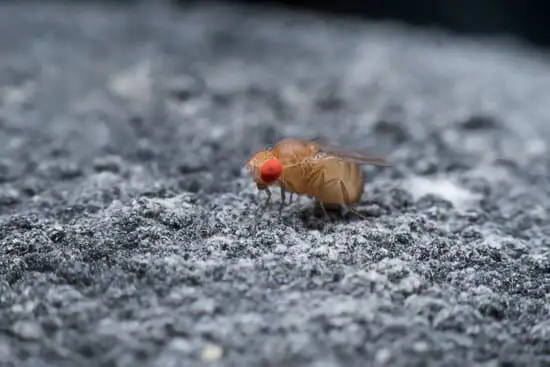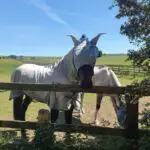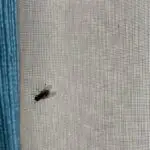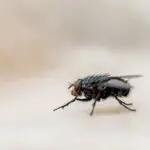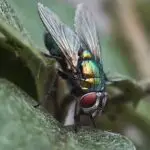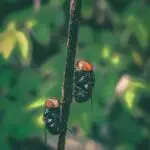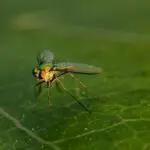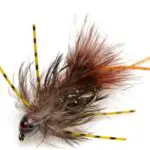How Big Are Deer Flies?
Deer flies are incredibly annoying and can actually be life-threatening. Their saliva contains an anticoagulant which is very dangerous to humans. It may result in a rash, wheezing, swelling of the lips and eyes, and dizziness. They are most commonly found near water and are abundant in marshy or damp areas. They peak in June in much of their distribution area.
These blood-sucking insects are similar to horseflies and have large, compound eyes. They are active during the day. The larvae feed on decaying organic materials and molt multiple times. When fully grown, the larvae change into a pupa, which looks similar to a fly. They are brown and have visible leg and wing cases. The pupa lasts from three months to two years. Adult deer flies feed on nectar and seek out a blood meal to lay their eggs. They are very painful to the skin, and their bite can cause serious pain.
Despite their names, the deer fly is actually a common name for several hundred species of Tabanidae. Hundreds of species live in North America and Canada. They are primarily known as deer flies, but there are several others such as horse flies and moose flies.
Deer flies are large insects with brightly colored compound eyes. Their bodies are gray or light brown, and some species even have black and yellow striping. Their antennae are longer than their heads. While adult deer flies feed on blood, the larvae feed on organic debris and pollen. Their natural predators include frogs, toads, spiders, and wasps.
